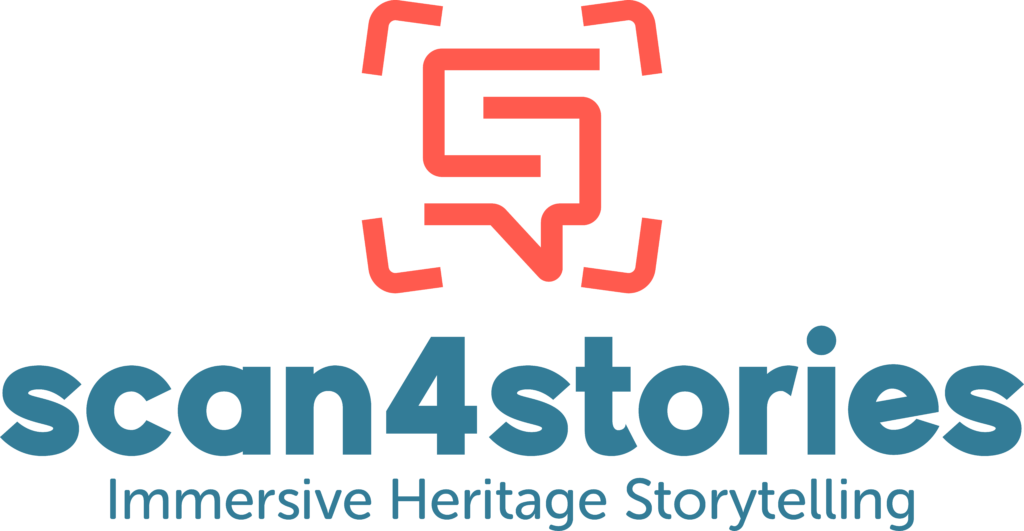Objects
One of the questions asked during the research concerns the possibilities of Immersive Technology for bridging the gap between the physical and virtual world. Can we preserve the character of physical objects and enable interactions in the virtual world that are otherwise impossible? Very often we see beautiful museum objects in closed display cabinets, we see beautifully illustrated books under glass domes, historical weapons under lock and key and so much material that is invisible in the archives. How can we still give the visitor the chance to hold these objects, to let them use these objects or to enable interaction with the objects?
Hidden away in the Sint-Janshospitaal in Bruges is one of the oldest preserved pharmacies in Belgium. On the central counter, kept under a glass dome, is the Winckelbouck of Sister Eléonora Verbeke. It is an imaginative document that will make your hands itch to leaf through it yourself and to copy the recipes yourself.
Story
Eléonora Verbeke was born on December 5, 1713 in a family of bleachers. It is within this context that she develops her interest in herbs and chemistry, as her family regularly works with plants, their derivatives and various chemicals. Finally, in 1735, she decides to enter the monastery, where she later works in the pharmacy. Sister Eléonora then started writing down various recipes for medicinal preparations, kitchen recipes and confectionery in the Winckelbouck in 1751. The book was further supplemented after her death in 1786 and remained in use until the first half of the 19th century. To tell the story of the Winckelbouck, a Transmedia Storytelling concept was developed in which different parts of the story are told using different media. The story was divided into 5 acts. A different medium was then selected for each deed. For example, the intro of the story and the backstory of Eléonora are told on the basis of a short YouTube clip and a comic strip, a piece of the story is written down on a website, the sequel can be listened to in a podcast and followed via an Instagram page and there is finally the Augmented Reality application where the visitor can discover the Winckelbouck for himself and can put himself in the shoes of a pharmacy assistant. The AR application is therefore part of a larger story that effectively expects an action from the visitor to discover the full story.
Experience
As mentioned, an AR application was chosen to bring the book to life and give the visitor the chance to discover it for themselves. The visitor browses through a physical book, the pages of which are tracked in the AR application. The application tracks and calculates the rotation of the pages and thus knows when the user turns the page. The application then shows the high-resolution scans of the original document. The environment around the book is also virtually supplemented in the application.
For example, the visitor sees the wooden table of the pharmacy as a base, various attributes are arranged around the book and the visitor can even look around the pharmacy in 360°. To achieve this, high-resolution scans of the Winckelbouck were used, various historical objects and part of the environment were modeled in 3D and the Sint-Jansapotheek in Bruges was scanned in 360°. In addition to the ability to edit the document itself
the application also offers the visitor the chance to consult a “translation” of the handwritten text. To make it even more interactive, visitors can copy one of the recipes themselves in the AR application. This can be done by adding the ingredients shown on the work table to the mortar in the correct order, as described in the recipe.
In addition to the experience around the Winckelbouck, a WWI letter was also added to the prototype. The most important passages from the letter are highlighted in the experience and read to the visitor via audio.

